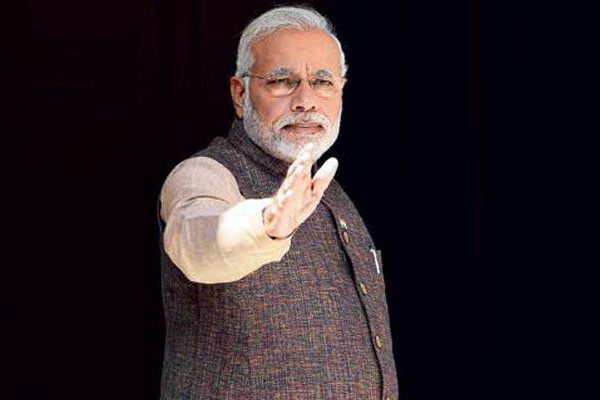
The demonetisation was the biggest economic policy measure of Narendra Modi government. Big hopes were created in the minds of people that economy will have innumerable benefits due to this far reaching policy measure, prominent among them is the unearthing of black money. However, the government and its economic apologetics soon changed the goal posts and claimed that demonetisation is for driving the nation towards cash less economy. The government’s argument was that corruption and all the other economic malaises were the result of high incidence of cash in the economy. Of course yet another claim was that demonetisation will increase tax compliance resulting in the generation of less and less black money as the illicit wealth and income holders will be scared to hide their income. What is the experience after two years of demonetisation?
The RBI data reveals that over 99 percent of demonetised currency has actually came back to the banks indicating a process of black money converted into white, thanks to demonetisation. The government in an affidavit to Supreme Court estimated that at least three lakh cores of black money will not return to the banking system. The reality is that hardly ten thousand cores have not returned indicating that demonetisation is an exercise in money laundering.
The protagonists of demonetisation argued that it helped to reduce the cash in circulation in the economy. Look at the following statistics culled out from official reports like the Annual Reports of the Reserve bank of India (RBI).
Cash to GDP ratio in India was 12.2 percent in 2015-16. It declined to 8.8 percent in 2016-17 post demonetisation. It again rose to 10.9 percent in 2017-18 and in June 2018, it further increased to 11.30 percent of GDP. The rising trend indicates that it is expected to be over 12 percent by the end of this financial year, the level at which the cash per GDP ratio stood prior to demonetisation. Currency circulation on November, 4, 2016 stood at 17.98 lakh crores. It declined to 8.98 lakh crore in January 6, 2017 as 86 percent of the then cash in circulation was taken out due to demonetisation. But, the cash in circulation in India increased to 19.68 lakh crore in October, 19, 2018, much above the level reported at the time of demonetisation.
The claim that high incidence of Cash in the economy necessarily increases corruption is fallacious if one looks at the international experience.
Cash to GDP ratio in Nigeria is 1.85 percent, India over 11 percent, Japan 19.4 percent, Singapore is around 10 percent. Should we conclude that Nigeria is less corrupt nation compared to India or Japan is more corrupt nation than India or Nigeria?
The afterthought of the ruling dispensation is that Taxes increased due to demonetisation. But look at the statistics from official sources to understand the political economy of taxation and demonetisation.
Direct Tax to GDP ratio was 5.81 percent in 2010-11 and increased to 5.98 percent in 2017-18. Direct tax collections stood at over 10 lakh crores in 2017-18 which is 18 percent higher than the previous year. But, direct taxes as proportion of total taxes remained at 52.29 percent which is below compared to 2014
But, indirect taxes to GDP increased from 4.48 percent in 2010-11 to 5.46 percent in 2017-18. Total Tax to GDP ratio was 11.3 percent in 2010-11 and increased to mere 11.44 percent in 2017-18. This shows that the overall taxes have not registered any major change. In fact the direct taxes whose evasion leads to the generation of black money rose much less compared to indirect taxes paid by common man for consuming the goods and services.
In fact, Corporate tax to GDP ratio fell from 3.89 percent in 2010-11 to 3.40 in 2017-18
On the other hand, Personal Income Tax rose from 1.9 percent in 2010-11 to 2.5 percent in 2017-18. 1.26 crore more taxpayers have been added in 2016-17. This is about 26% higher than the number of taxpayers added in 2015-16, when 99.98 lakh new taxpayers were added. The number of new taxpayers added in 2015-16 was also about 27.5% higher than that in 2014-15, when 78.37 lakh new taxpayers were added. The Economic Survey 2016-17 has shown that the average income reported by the new individual taxpayers added in 2016-17 was Rs 2.7 lakh.
The broad conclusions that can be drawn from these figures are as follows. There is no increase in the levels of tax collections due to demonetisation. Tax compliance has increased only in the case of salaried individuals who come under personal income tax regime. The corporates who are the main culprits in the generation of black money did not show any significant tax compliance and in fact their share has come down .
( Prof.K. Nageshwar is India’s noted political analyst. He is a former member of the Telangana Legislative Council and professor in the Department of Communication & Journalism, Osmania University, Hyderabad, India )
For More Views on Demonetisation: https://www.youtube.com/watch?v=6Z-NH4YfK7Q



































